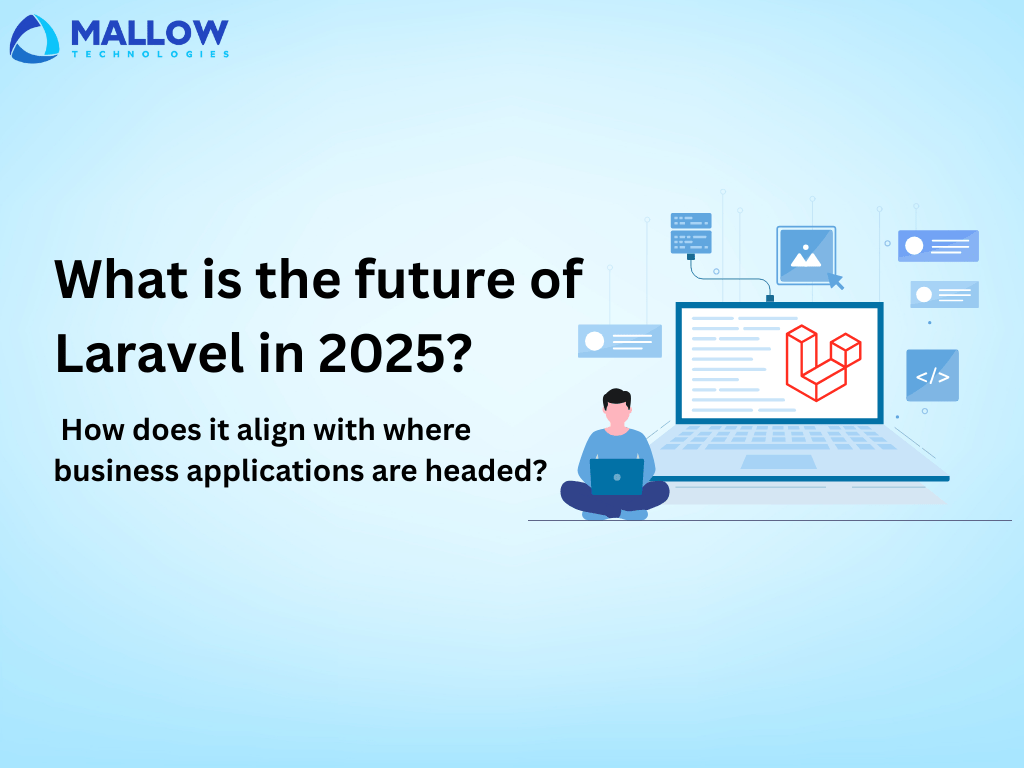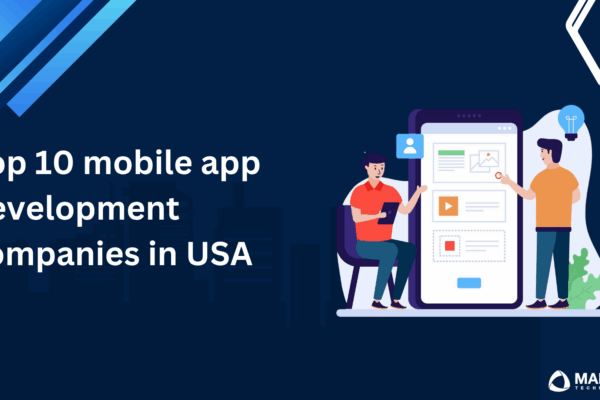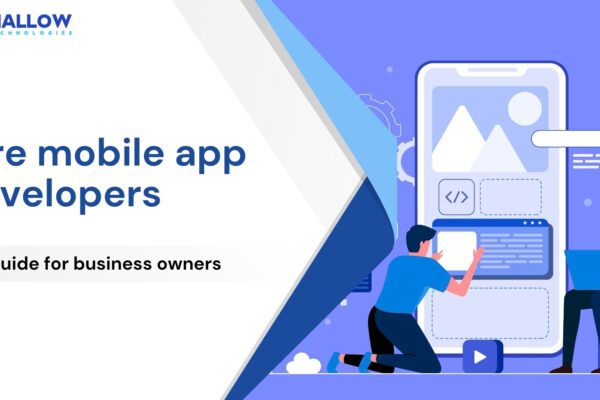In the fast-paced era of high-tech business applications, Laravel not only rides the waves of trends—it’s making waves of its own. As we usher in 2025, Laravel stands as a trailblazer, leaving a long-lasting imprint on the continually shifting terrain of digital solutions. Far from merely tailoring itself to emerging trends, this PHP framework is a proactive force in shaping their very essence.
At Mallow, we specialise in leveraging Laravel’s robust capabilities to create tailored, innovative solutions across diverse industries. With years of experience in developing Laravel applications, we possess a deep understanding of its intricacies. Our expertise in harnessing Laravel’s robust capabilities empowers our clients by providing them with tailored solutions, facilitating informed decisions for their unique needs.
In this article, we unravel how Laravel’s influence extends beyond traditional boundaries, actively responding to and shaping the trends that define the landscape of business applications in 2025. From cloud-native scalability to real-time responsiveness and API-centric architecture, Laravel is not just keeping pace—it’s leading the charge in the evolution of modern digital solutions.
How does Laravel align with the technology and trends of 2025?
Emerging involvement in Microservice and Serverless architecture
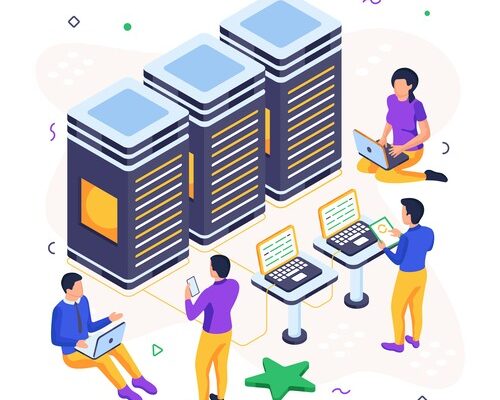
In 2025, microservices and serverless architectures are in trend due to their ability to enhance modularity, scalability, and agility of applications. Laravel, is also embracing microservices architecture, allowing the development of independent pieces and services connected by APIs. This approach enables faster development and deployment, improved resilience, and reduced downtime.
The integration of Laravel with containerisation technologies such as Docker is expected to become increasingly seamless. The objective is to simplify the process for businesses to construct and oversee applications based on microservices, guaranteeing enhanced flexibility and scalability.
Laravel’s increasing alignment with serverless architecture is emerging as a notable trend in 2025. This strategic shift aims to streamline deployment and maintenance complexities. The integration of Laravel with serverless capabilities empowers developers to concentrate on essential functionalities, leading to a more efficient and simplified development process for upcoming business applications.
Serverless platforms, supported by Laravel, automate the scaling of resources based on demand. This autonomous scaling ensures optimal resource utilisation without manual intervention. Laravel Vapor emerges as a powerful solution seamlessly integrated with Laravel, offering optimal resource utilisation and scalability. Laravel Vapor is built upon AWS Lambda, which is a serverless computing service provided by Amazon Web Services (AWS). Laravel Vapor isn’t the sole choice; alternatively, you can leverage Lambda directly from AWS or opt for a manual configuration approach.
AWS Lambda allows you to run code without provisioning or managing servers, automatically scaling resources based on demand. Laravel Vapor takes advantage of this serverless architecture, offering Laravel developers a streamlined way to deploy and manage their applications.
For more details about what are the different hosting options available for you to host your Laravel application, check out this article on some of the best approaches to host your Laravel application on AWS.
Cloud-native applications will continue to rise in demand
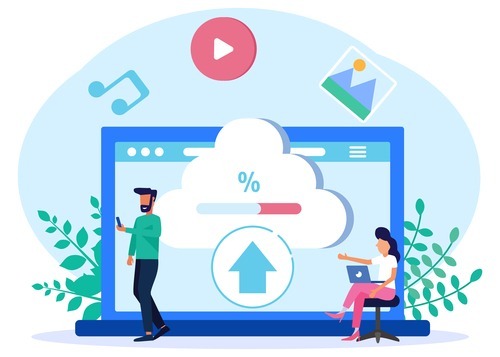
One key trend is the emergence of cloud-native applications, which are designed to run on cloud infrastructure, taking full advantage of the scalability, flexibility, and reliability that cloud platforms offer.
Laravel developers can leverage cloud services such as AWS and GCP for this purpose. In this paradigm shift is the inclusion, Laravel Sail, in conjunction with Docker containerisation. You can make the best use of this from your local host itself. As businesses pivot towards cloud-centric solutions, Laravel emerges as a key facilitator, seamlessly integrating with cloud environments to provide a robust foundation for scalable and flexible applications.
Enhanced support for the varied front-end technologies
Laravel stands out not merely as a passive supporter but as a proactive collaborator in the dynamic world of frontend technologies, forging a harmonious alliance with cutting-edge frameworks such as Single Page Applications (SPAs), React, and Vue.js. This collaboration isn’t merely a coexistence; it’s a strategic synergy meticulously designed to elevate the entire development experience.
Vue.js as well, with its progressive framework for building user interfaces, finds a natural ally in Laravel. Laravel not only provides a robust backend foundation but also integrates seamlessly with Vue.js, allowing developers to create dynamic, reactive interfaces effortlessly.
Livewire is a powerful package for building dynamic interfaces in Laravel applications. It offers a quick and easy solution for creating interactive and responsive user interfaces without the need for extensive JavaScript code.
Laravel provides convenient starter packages such as Jetstream, Breeze to kickstart the authentication process effortlessly with the flexibility of choose between Vue.js or Livewire, tailoring the solution to their preferences and project requirements.
Another Laravel package Livewire, a powerful tool for building dynamic interfaces in Laravel applications. It offers a quick and easy solution for creating interactive and responsive user interfaces without the need for extensive JavaScript code.
Laravel provides convenient starter packages such as Jetstream, Breeze to kickstart the authentication process effortlessly with the flexibility of choose between Vue.js or Livewire, tailoring the solution to their preferences and project requirements.
When it comes to React, Laravel doesn’t just coexist but actively collaborates with its component-based structure. Laravel facilitates the backend intricacies, seamlessly handling data and logic, while React takes the lead in crafting interactive and reusable user interface components. This division of labor ensures a clear separation of concerns, making the development process more manageable, scalable, and maintainable.
Prevalence of real-time applications

In the flourishing digital era of digital environment, there is an unprecedented surge in the demand for real-time applications. Laravel takes centre stage as a facilitator, seamlessly integrating real-time functionality into business applications.
When it comes to real-time communication, WebSockets plays a major role, by facilitating two-way communication channels, enabling seamless, low-latency interactions.Laravel provides support for Websockets via Laravel Broadcaster and Laravel Websockets.
Imagine a project management platform developed with Laravel that leverages real-time features to transform traditional project workflows.
Team members, dispersed across different locations, can collaborate on projects in real-time. As one team member updates the progress of a task, others instantly see the changes without the need for manual refreshes. This immediate visibility ensures everyone is on the same page, promoting faster decision-making.
Accelerated decision-making contributes to efficient project timelines, reducing delays and enhancing overall project delivery. This efficiency is attractive to clients and can lead to repeat business and positive referrals. Timely notifications prevent oversights, reducing the risk of missed deadlines or critical project details. This reliability enhances the platform’s reputation, attracting more users and fostering business growth.
In this example, the real-time project management platform built with Laravel significantly impacts business growth by improving collaboration, communication, and decision-making. As businesses witness the tangible benefits of increased efficiency, client satisfaction, and team productivity, the trend of adopting real-time applications, especially those developed with Laravel, continues to surge. Such platforms not only meet the current demands of businesses but position themselves as pioneers in an environment where real-time responsiveness is a key differentiator.
Here are points highlighting why real-time applications are becoming a trend for business applications and how Laravel significantly contributes to this shift:
- Instantaneous Communication
- Enhanced User Experience
- Competitive advantage
- Dynamic data updates
- Collaboration and team Productivity
An emphasis on API-first development
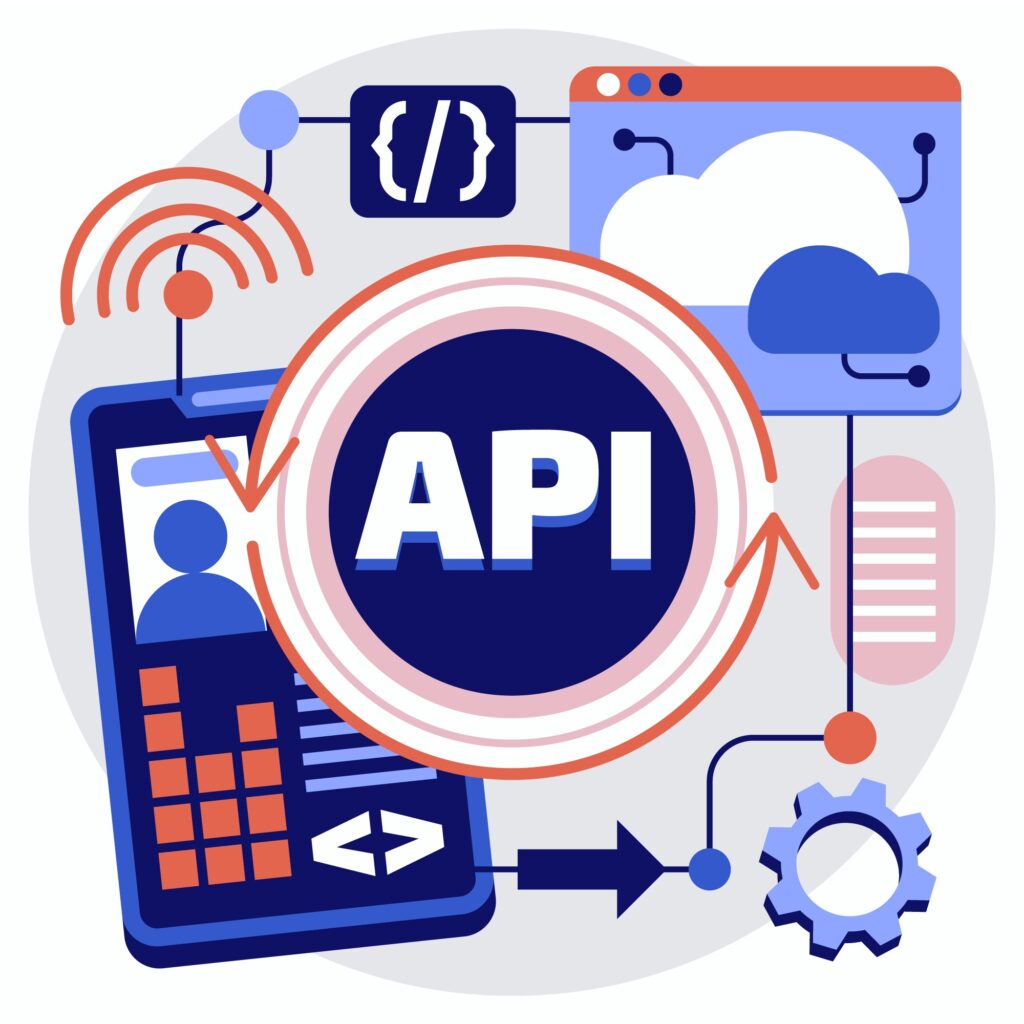
API-first development is an approach in application development where, the process of designing and creating APIs is efficient and streamlined to get your process done quickly. In this methodology, API is considered as the primary and foundational component, and the rest of the application is built around it. Here’s how Laravel is spearheading the API-first revolution in the realm of 2025 trends:
- Strategic flexibility – Laravel’s commitment to API-first development provides businesses with strategic flexibility. APIs become the foundation, allowing seamless integration with various platforms, third-party services, and emerging technologies. This strategic flexibility ensures adaptability to changing business requirements, future-proofing applications against evolving technological landscapes.
- Efficient backend frontend separation – Laravel’s API-first approach emphasises a clean separation between the backend and frontend. This clear delineation enhances development efficiency, allowing specialised teams to work independently on the frontend and backend components. Developers can focus on creating robust APIs, ensuring consistency and reliability in data exchange.
Efficient backend-frontend separation results in quicker development cycles, reduced development costs, and simplified maintenance. This, in turn, accelerates time-to-market for new features and updates, giving businesses a competitive edge. - Future-ready architecture – As technology evolves, businesses can leverage new tools, frameworks, and services without major overhauls. The API-first approach ensures that applications remain adaptable and relevant in the face of emerging trends.A future-ready architecture positions businesses to stay ahead of technological trends, ensuring that their applications remain innovative, competitive, and capable of meeting evolving user expectations.
Contribution towards TDD and test automation
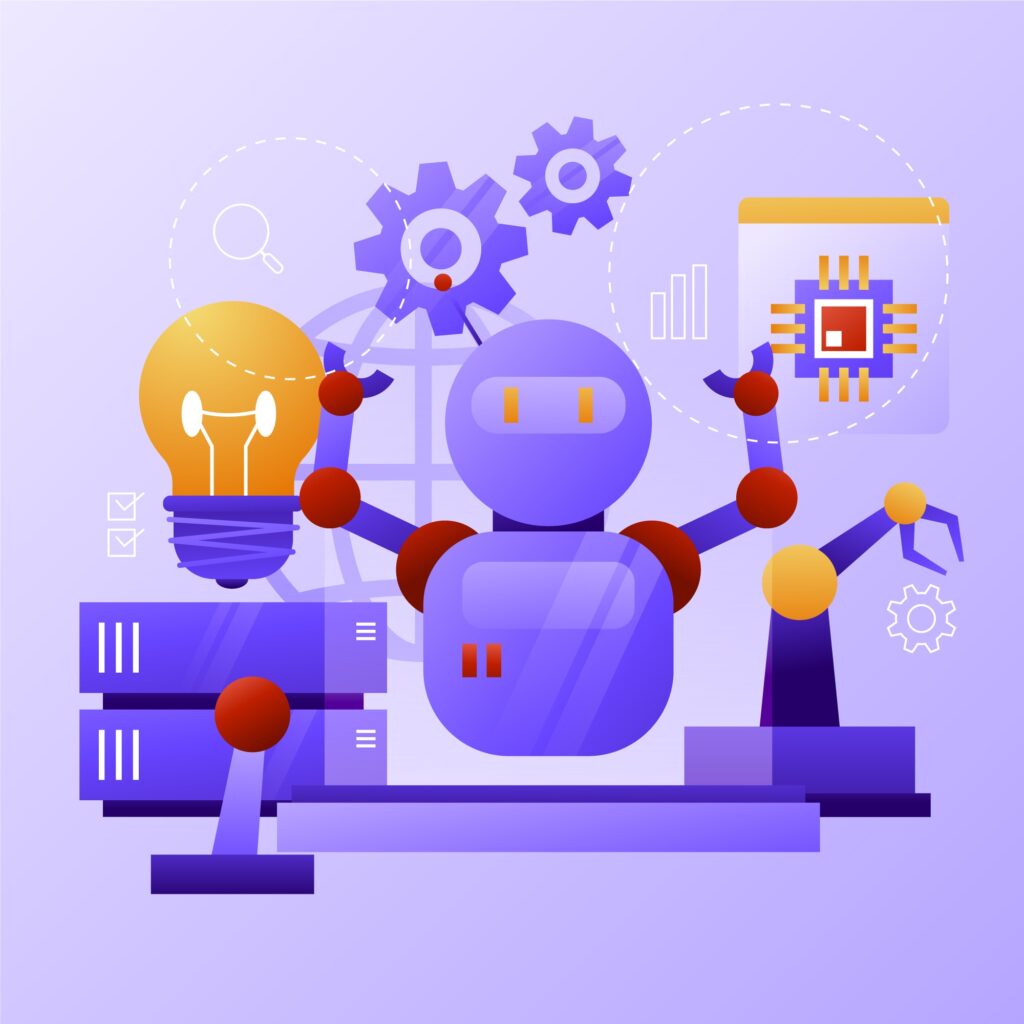
In the ever-changing landscape of software development, robust testing practices are crucial for ensuring the reliability, functionality, and security of business applications.
Laravel has been at the forefront of promoting advanced testing practices, notably through the adoption of Test-Driven Development (TDD). TDD is a methodology that involves writing tests before writing the actual code, ensuring that the code meets the specified requirements and is continuously validated throughout the development process.
Laravel provides developers with a comprehensive suite of testing tools (PHPUnit, PEST etc) that facilitate both unit and feature testing. These tools, combined with the framework’s expressive syntax, make it seamless for developers to write clear and concise tests, paving the way for automated testing processes.
Test-Driven Development (TDD) has become a cornerstone of Laravel’s development philosophy. By encouraging developers to write tests first, Laravel promotes the creation of code that is not only functional but also inherently reliable. This commitment to TDD profoundly impacts code quality, fostering a culture of continuous improvement and minimising the risk of bugs and regressions.
How to build your Laravel application
By now, you’ve gained a comprehensive understanding of Laravel’s significant contributions to the current trends in application development. You’ve also gained insights into how these trending areas can impact and enhance your business applications. Furthermore, it’s evident how effortlessly you can address these aspects for your applications by leveraging Laravel as your framework of choice.
As your next step, you might be contemplating how to initiate the process of building your Laravel application. Explore the following article for a guide on building a new Laravel application from the ground up.
Feel free to reach out to our team in case you have any queries.
Your queries, our answers
Yes, we can continue developing your existing Laravel application. Please provide the current project details so we can assess and proceed. For more details, get in touch with our team.
No, we focus on custom Laravel solutions tailored specifically to your needs. We do not offer pre-built, off-the-shelf products.
Yes, we develop Laravel applications for various domains, including e-commerce, healthcare, finance, and more.
The cost varies based on the project's complexity and scope. For a basic MVP, costs generally range from $20,000 to $40,000 for web apps and $10,000 to $25,000 for mobile apps. For more advanced applications, costs can be higher. We offer a detailed cost breakdown tailored to your specific needs. To know more, check out our article on How much does it cost to work on a Laravel project with Mallow? and discover how we can build a strong partnership together.
The timeline depends on the project's complexity. A basic project may take a few weeks, while more complex applications could take several months.
Yes, we can align our working hours with your time zone to facilitate effective communication throughout the development process. For more details on how you can handle timezone differences efficiently, do check out our article on how to handle timezone differences while working with an offshore development team.
Mallow offers the following outsourcing models: Project-based outsourcing, Staff augmentation, & Dedicated development team (DDT)
Yes, we offer maintenance and support services to ensure your Laravel application remains up-to-date and functional.
Yes, you will own the intellectual property rights of your Laravel application upon project completion. Check out our article on why owning intellectual property rights while outsourcing your application is important.
The cost is influenced by several factors including the complexity of the project, the number of features required, and whether the application is for web or mobile. We provide a personalized estimate based on your project details.
We work with the latest stable versions of Laravel and can also support older versions if needed based on your project requirements. For more details check out our article on Laravel upgrade: when and how to transition to the latest version
Yes, we offer post-deployment support to address any issues and provide updates as needed.
To hire a Laravel developer from Mallow, you can contact us with your project requirements. We'll discuss your needs, suggest suitable developers or teams, and provide you with a proposal. Once the terms are agreed upon, we can start the development process.
Yes, you can hire a dedicated Laravel developer or a team of developers from Mallow. This allows you to have a dedicated resource working exclusively on your project, providing more control and flexibility over the development process.
To hire the right laravel developer for your project, check out this article on tips to hire the right Laravel developer.
Author
Manivel
Manivel is the Chief Technology Officer (CTO) at Mallow Technologies, with over two decade of experience in the field of application development. His driving vision when co-founding Mallow was to empower businesses to unlock their potential through the strategic utilisation of technology. Over the years, he has solidified his reputation as a reliable technical partner and advisor to clients spanning various sectors. Manivel's unique proficiency in ideating and delivering customised application solutions has played a transformative role in facilitating the success of numerous enterprises amidst the ever-evolving digital landscape.

